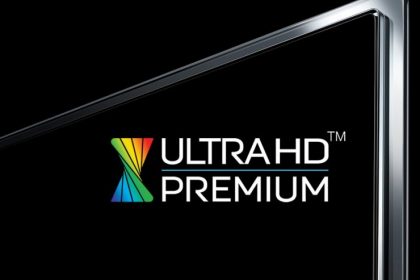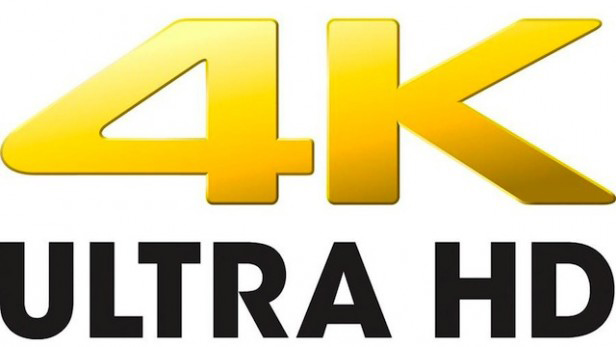All you need to know about: Ultra HD Premium

Buying a television is a confusing business. 4K, UHD, HDR, BT.2020, Rec.709, the back of every TV’s packaging contains a terrifying array of acronyms and specifications, and sometimes it feels as though you need to attend a week long seminar to make sense of it all.
Thankfully a number of companies including television manufacturers such as Panasonic, Philips, Samsung, Sharp and Sony have banded together to define a single specification so you can be sure that your next TV will contain all the technology it needs to be completely future-proofed.
That standard is called UHD Premium. Think of it as being the ‘Full HD’ to 4K’s ‘HD Ready’, a supercharged group of technologies that goes beyond mere resolution to revolutionise image quality.
One standard to rule them all
Once a television set has been judged to include all the technologies defined in the standard, it is awarded a UHD Premium badge which it can then wear with pride.
In an ideal world, this would mean that the next time you’re looking to buy a new TV you can just look for the UHD Premium logo (after having perused our best 4K TVs buying guide naturally) and be safe in the knowledge that your new hardware isn’t going to become outdated anytime soon.
But what exactly are these technologies that the standard includes, and what will they mean for your viewing experience?
Resolution
Resolution changes are nothing new for TVs. First we had the jump from standard definition (SD) to 720p ‘HD ready’ resolution, which included 720 horizontal rows of pixels and 1280 vertical columns. Then came the jump to 1080p ‘Full HD’, which had 1080 horizontal rows in addition to 1920 columns.

4K, or Ultra HD, brings this total resolution up to 3840×2160. For those keeping track that’s roughly four times the resolution of 1080p, meaning if you were to tile four 1080p screens then you’d be left with enough pixels for a 4k screen.
What this means for you is even more detail than your existing HD set. Don’t expect the upgrade to be in the same league as the jump from SD to HD, but the jump should be especially helpful for those with behemoth sized TVs.
HDR
We have a full HDR guide for anyone who wants to really get into the nitty gritty of the new technology, but in summary HDR is all about making the maximum brightness of your TV brighter and the maximum darkness…darker.

In effect this results in more detail in the bright and dark areas of images. Rather than everything below a certain level of darkness (ie. outside of the standard dynamic range in the image above) turning into a milky grey mess, HDR means you should be able to perceive the detail even in very dark and light areas of the image.
TV brightness is measured in ‘nits’ where 1 nit is equal to the light from a single candle. To be classed as HDR, an LCD TV must be capable of outputting a nit range of 0.05 and 1000 nits of brightness, while an OLED panel needs to go even further and offer between 0.0005 and 540 nits of brightness.
Color depth
Now we’re getting nerdy! Color depth refers to the amount of different colors which a panel is capable of displaying. The current standard for HD is 8-bit, which means that a standard HD TV is able to display 256 shades each of red, green and blue, or 16,777,216 colors total combined.
UHD Premium increases this to 10-bits.
Due to the way binary works, increasing this to 10-bit results in an exponential increase to 1,024 shades of the three primary colors. In total this means that 10-bit color offers a total of 1,073,741,824 colors.
What does this mean for you? A larger range of more vibrant colors essentially, which should allow images to really pop.
Color space representation
BT.2020, aka Rec.2020 (so called because it’s supposed to be adopted by the year 2020) is actually a collection of standards, including the aforementioned 10-bit color depth, and like color depth it refers to the breadth of colors a panel is capable of displaying.
We won’t go into the details of how BT.2020 differs from the currently used Rec.709 standard, but suffice it to say that its use results in a larger span of colors being available to TV viewers, which more accurately capture the colors we can see in the real world.




